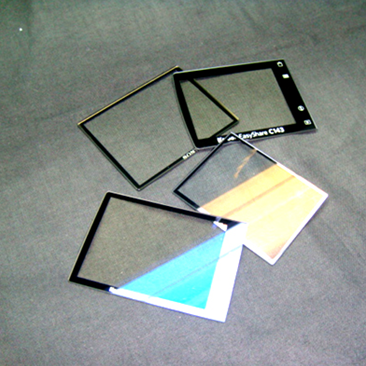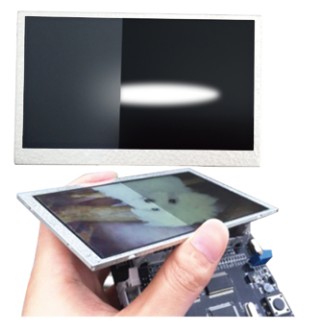A-R Coating --add anti-reflection coating on your substrate surface
1. What is AR Coating?
AR coating : anti-reflection coating
Using the optical interference principle to coat one or more layers of the nano level inhibitory reflex medicinal material on substrate surface, to reduce the reflectivity and increase the transmittance.
2. How to test AR coating effect?
The optical or quartz monitoring method is used to control the refractive index and thickness of medicinal materials, and the transmittance and reflectance are measured by using a spectrophotometer to meet the spectral data set by the product.
3. Application of AR Coating
AR Coating is suitable for substrates such as glass, PC, PMMA, etc. AR products are widely used in mobile phones and digital product panels, camera lenses, flat panel display panels, and windows that require increased penetration.
4.no a easy and cheap solution.
Due to the nano level inhibitory reflex medicinal material is not stable or Influence of external factor. TSD always use this AR-Coating on PCAP only.

AR Film--a special anti-reflection polarizer
AR Coating is based on the PCAP. Like a layer of oil. While different from A-R film. AR film is a polarizer added on the TFT LCD surface.
Benefit :
Sunlight readable,good performance under strong light
Full range sizes of TFT products can be added AR film
TSD suggest design high brighenss backlight more than 500nit with AR Film will achieve a best solution.
